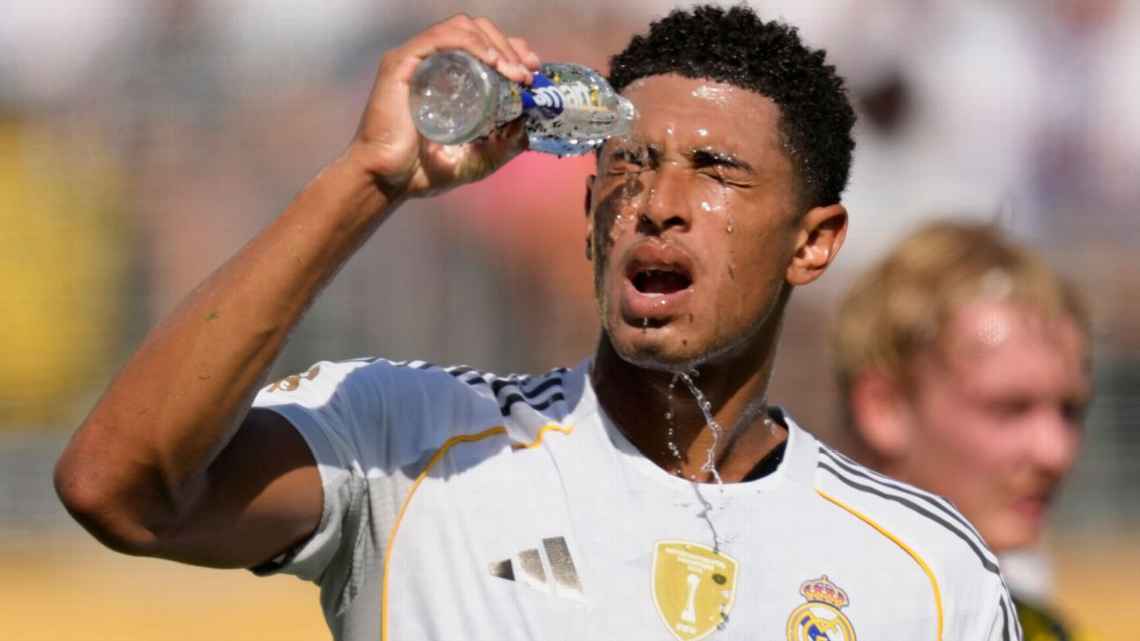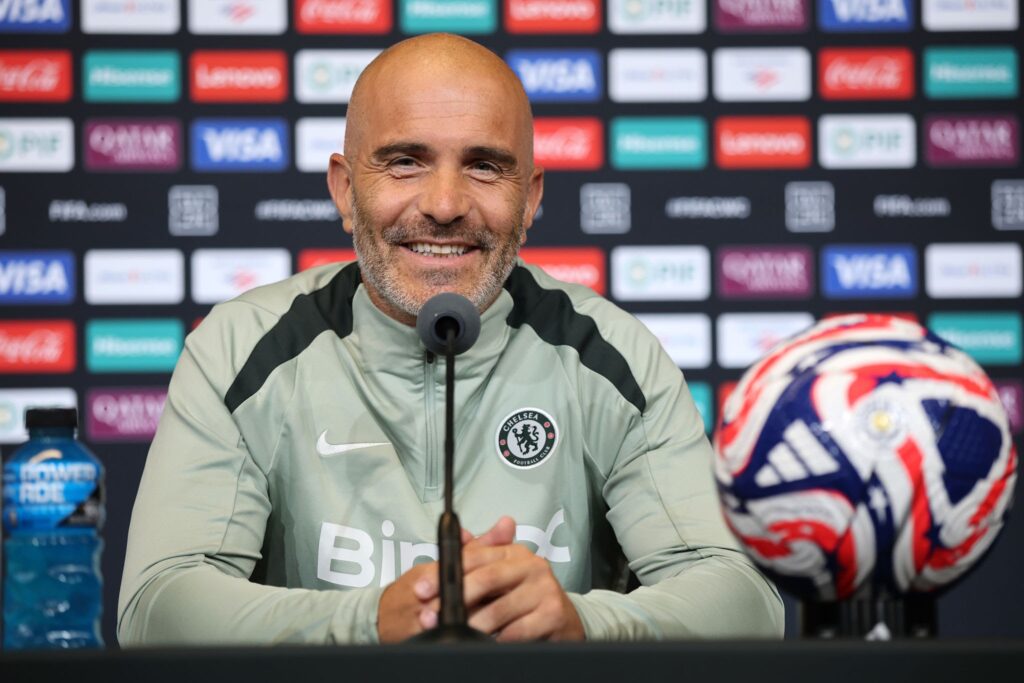
NEW YORK — The 2026 FIFA World Cup will be held in the U.S., Mexico, and Canada next summer. But many people are now worried it might be the wrong time and wrong place for such a big tournament because of the extreme heat and humidity during North American summers.
Players, coaches, the players’ union (FIFPRO), and climate experts are all saying that holding matches in June and July could be very risky and even dangerous for the players’ health.
In Qatar 2022, the World Cup was moved from summer to November–December because June/July temperatures were too hot. But the 2026 World Cup is still scheduled for summer, despite similar heat concerns.
FIFA is facing pressure to look again at things like kickoff times and which cities will host games so players don’t suffer in extreme heat.
“Health and safety must come before money,” said Alexander Bielefeld from FIFPRO.
He added that these heat issues are predictable and can’t be ignored.
Extreme heat in the past
Playing football in such high temperatures is very tough.
At the 1994 World Cup in the U.S., the match between Mexico and Ireland in Orlando was the hottest in World Cup history. It kicked off around noon in Florida heat over 100°F (38°C).
Irish players wore baseball caps for the anthem to shield themselves.
Denis Irwin, former Ireland defender, said:
“It was horrible. On the pitch it was 117°F (47°C). We trained in wetsuits to try to get used to it. It was probably unsafe to play in that heat.”
Recent warnings
During the recent Club World Cup in the U.S., FIFPRO said at least three games had dangerous heat conditions:
- PSG vs Atletico Madrid in California
- Chelsea vs Esperance in Philadelphia
- Benfica vs Bayern Munich in North Carolina
These games crossed 28°C on the Wet Bulb Globe Temperature (WBGT) scale, which measures heat stress considering humidity, sunlight, and wind.
Dr. Vincent Gouttebarge from FIFPRO said:
“Such games should have been moved to cooler times or even postponed.”
FIFA’s threshold is 32°C WBGT before they require a cooling break. MLS uses 29°C.
During those Club World Cup games, even with cooling breaks, players like Benfica’s Andreas Schjelderup said:
“I’ve never played in such heat before. Honestly, I don’t think it’s healthy.”
Risks at 2026 venues
According to FIFPRO, six 2026 World Cup host cities are at “extremely high risk” of heat stress injuries like heat stroke:
- U.S.: Atlanta, Dallas, Houston, Kansas City, Miami
- Mexico: Monterrey
Three others are “very high risk”:
- Foxborough (Massachusetts)
- Philadelphia
- Guadalajara (Mexico)
Some of these stadiums, like those in Atlanta, Dallas, and Houston, have roofs and air conditioning. But others like Kansas City, Miami, and Monterrey are open-air with no climate control.
Health dangers
When players get too hot, their body temperature can cross 40°C (104°F).
At that point:
- Sweating stops
- Muscles don’t work properly
- They can’t think clearly
- They may even collapse or lose consciousness
Kickoff timing problems
FIFPRO says the biggest problem is kickoff times.
To suit European TV, many games might start around midday or early afternoon. But that’s when it’s hottest.
Climate expert Dan Vecellio suggested:
“They should try games at 7 a.m., 10 a.m., or wait until 6–9 p.m. to avoid the worst heat.”
But 7 a.m. games seem unlikely because of practical issues.
FIFPRO wants FIFA to follow the MLS example in Miami, where matches are only played at night.
Former Ireland player Denis Irwin agreed:
“Playing at night would make a big difference. It’s bad even then, but at least you’re not in direct sunlight.”
Scheduling headaches
It’s going to be very difficult to ensure every game is played in safe temperatures.
Aside from heat, summer weather in the U.S. also means frequent thunderstorms.
During the Club World Cup, storms delayed games. For example:
- Chelsea vs Benfica in Charlotte was stopped for over two hours.
- Real Madrid’s press conference was canceled because their flight was delayed by storms.
- A New York Yankees baseball game was held up for 35 minutes by thunderstorms.
With so many games in such a short time, these weather issues could be a big headache for the 2026 World Cup.
Environmental groups are warning FIFA:
“You’re expanding the World Cup to 104 games. Many of those games will happen during dangerous weather. You need to rethink kickoff times to protect players,” said Peter Crisp from Fossil Free Football.


